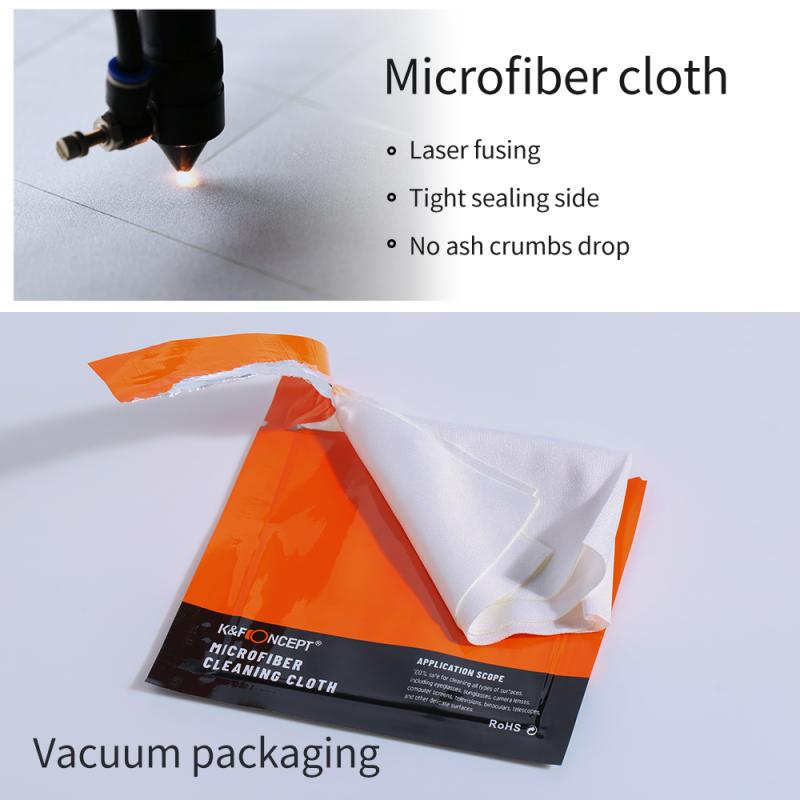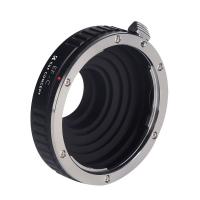Why Do Electron Microscopes Need A Vacuum ?
Electron microscopes need a vacuum because electrons are easily scattered by air molecules. The vacuum removes air molecules from the path of the electrons, allowing them to travel unimpeded and produce a clear image. Additionally, the presence of air molecules can cause charging and heating of the sample, which can damage it and affect the quality of the image. Therefore, a vacuum is necessary to ensure that the electrons can interact with the sample without interference from air molecules.
1、 Electron scattering by air molecules

Electron microscopes need a vacuum because of electron scattering by air molecules. Electrons are highly sensitive to their environment, and when they encounter air molecules, they scatter in all directions, making it impossible to focus them onto a sample. This scattering effect is caused by the interaction between the electrons and the air molecules, which causes the electrons to lose energy and change direction.
To overcome this problem, electron microscopes are operated in a vacuum. By removing the air molecules from the microscope chamber, the electrons can travel freely without scattering, allowing them to be focused onto the sample. This results in a clearer and more detailed image of the sample.
In addition to electron scattering, air molecules can also cause contamination of the sample. When air molecules come into contact with the sample, they can deposit unwanted particles or molecules onto its surface, which can interfere with the imaging process. By operating in a vacuum, the risk of contamination is greatly reduced.
Recent advancements in electron microscopy have led to the development of low-voltage electron microscopes, which operate at lower voltages and can be used to image samples in their natural state, without the need for a vacuum. However, these microscopes are still in the early stages of development and are not yet widely available. For now, electron microscopes continue to rely on a vacuum to produce high-quality images of samples.
2、 Image distortion caused by air molecules

Electron microscopes are powerful instruments that use a beam of electrons to create high-resolution images of samples. However, these microscopes require a vacuum environment to operate effectively. The reason for this is that air molecules can cause image distortion, which can compromise the accuracy and clarity of the images produced.
When the electron beam interacts with air molecules, it can cause scattering and absorption of the electrons. This can lead to blurring and distortion of the image, making it difficult to accurately observe the sample. Additionally, air molecules can also cause charging of the sample, which can further distort the image.
To avoid these issues, electron microscopes are typically operated in a vacuum environment. This removes the air molecules from the path of the electron beam, allowing for clearer and more accurate imaging. The vacuum also helps to prevent charging of the sample, which can further improve image quality.
Recent advancements in electron microscopy technology have led to the development of low-voltage electron microscopes, which can operate at atmospheric pressure. These microscopes use a different type of electron source and imaging technique, which allows them to operate without the need for a vacuum. However, these instruments are still relatively new and may not yet be widely available or as powerful as traditional electron microscopes.
In summary, electron microscopes require a vacuum environment to avoid image distortion caused by air molecules. While new technologies are emerging that may allow for operation at atmospheric pressure, vacuum environments remain the standard for high-resolution electron microscopy.
3、 Reduction of electron wavelength

Electron microscopes are powerful tools used to study the structure and properties of materials at the atomic and molecular level. These microscopes use a beam of electrons instead of light to create an image of the sample being studied. However, electron microscopes require a vacuum to operate effectively. The primary reason for this is the reduction of electron wavelength.
Electrons have a much shorter wavelength than visible light, which allows them to resolve much smaller details in a sample. However, electrons can be easily scattered by air molecules, which can cause blurring and distortion in the image. To avoid this, electron microscopes operate in a vacuum, which eliminates air molecules and reduces the likelihood of scattering.
In addition to reducing scattering, the vacuum also helps to prevent contamination of the sample. In a vacuum, there are no air molecules or other contaminants that could interfere with the imaging process. This is particularly important when studying biological samples, which are often very sensitive to contamination.
Recent advances in electron microscopy have led to the development of new techniques that allow for imaging in non-vacuum environments. However, these techniques are still in the early stages of development and are not yet widely available. For now, the vacuum remains an essential component of electron microscopy, allowing researchers to study the structure and properties of materials at the atomic and molecular level with unprecedented detail and precision.
4、 Increase in electron beam diameter

Electron microscopes are powerful tools used to study the structure and properties of materials at the atomic and molecular level. These microscopes use a beam of electrons instead of light to create an image of the sample being studied. However, electron microscopes require a vacuum to operate effectively. The primary reason for this is to prevent the scattering of electrons by air molecules, which can cause blurring and distortion of the image.
When the electron beam interacts with air molecules, it can cause the electrons to scatter in different directions. This scattering effect is known as the Coulomb interaction, and it can cause the electron beam to become wider and less focused. This can result in a loss of resolution and a decrease in the quality of the image produced by the microscope.
To prevent this scattering effect, electron microscopes are operated in a vacuum. By removing the air molecules from the microscope chamber, the electron beam can travel unimpeded and produce a clear, high-resolution image of the sample being studied. The vacuum also helps to reduce the amount of noise in the image, which can further improve the quality of the data obtained.
In recent years, there has been some debate about whether electron microscopes actually require a vacuum to operate effectively. Some researchers have suggested that it may be possible to operate electron microscopes at atmospheric pressure by using a different type of electron detector. However, this approach is still in the experimental stage, and it remains to be seen whether it will be a viable alternative to the traditional vacuum-based approach.





























